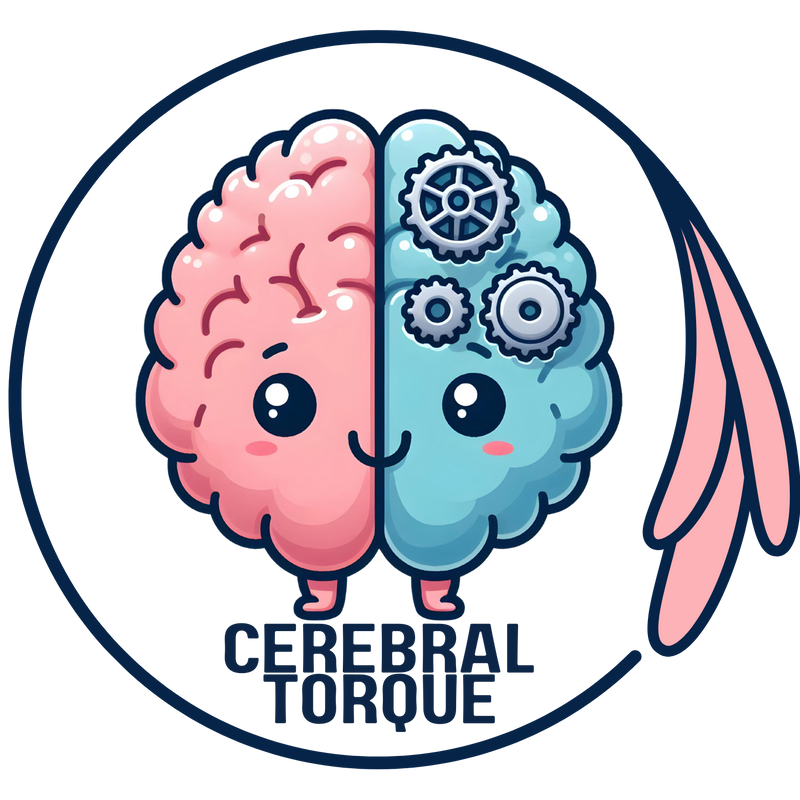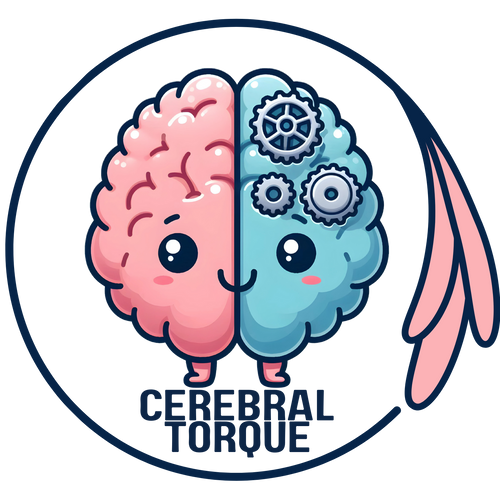Migraine and Increased Cardiovascular Disease Risk
Posted on April 29 2025,
Migraine and Increased Cardiovascular Disease Risk
Understanding Medical Terminology
Before getting into the study results, let's clarify some key medical terms that will help you better understand the significance of this research.
ASCVD stands for Atherosclerotic Cardiovascular Disease. Let's break this down:
ASCVD refers to heart and blood vessel problems caused by fatty buildups (called plaques) in your arteries. These buildups can:
- Narrow your arteries, reducing blood flow to important organs
- Completely block an artery (causing a heart attack or stroke)
- Break loose and travel to smaller vessels, blocking them
The study focuses on three main types of ASCVD:
Your "ASCVD risk" is your chance of developing these conditions over time. It's influenced by factors like age, blood pressure, cholesterol levels, smoking status, and, as this study shows, potentially conditions like migraine.
Study Overview
This large-scale, population-based study used data from the UK Biobank to examine the association between migraine and the long-term risk of atherosclerotic cardiovascular disease (ASCVD) and its subtypes. The study also aimed to determine whether the elevated cardiovascular risk in migraine patients stems from the condition itself or its treatments, and explored how traditional risk factors and lifestyle choices interact with migraine to affect cardiovascular health.
Key Findings
- Migraine increases the risk of atherosclerotic cardiovascular disease, particularly in young women under 45
- The increased risk is attributed to migraine itself, not to its treatments like triptans
- Significant interaction exists between migraine and unhealthy lifestyle choices, amplifying cardiovascular risk
- No significant interaction between migraine and traditional cardiovascular risk factors was found
- In young women, migraine may be a stronger risk factor than certain lifestyle factors
Patient Characteristics
The study analyzed data from UK Biobank participants aged 37 to 73 years, recruited between 2006 and 2010. Participants with pre-existing cardiac conditions were excluded from the analysis.
People with migraine compared to those without migraine:
Gender-Specific Cardiovascular Risks
The study found significant differences in how migraine affects cardiovascular risk between genders and across different age groups. Women, especially those under 45, showed the highest relative risk.
Age-Related Risk Patterns in Women
- Under 45: 60% increased ASCVD risk (HR: 1.60)
- 45-55: No significant increased risk
- 55-65: 15% increased risk (HR: 1.15)
- Over 65: 27% increased risk (HR: 1.27)
"In women under 45, migraine emerged as the fourth most significant predictor of ASCVD risk, surpassing traditional risk factors like LDL cholesterol and lifestyle factors such as diet, physical activity, and alcohol consumption."
Migraine and Lifestyle Interaction
One of the most significant findings was the interaction between migraine and lifestyle factors. When both migraine and unhealthy lifestyle choices were present, the cardiovascular risk was amplified beyond what would be expected from each factor individually.
"A significant interaction exists between unhealthy lifestyles and migraine, where their combined effects may contribute to an elevated risk of cardiovascular diseases, potentially amplifying the impact of each factor."
Acute Treatment Effects
An important aspect of the study was determining whether migraine treatments, particularly triptans, contribute to cardiovascular risk. The analysis found no evidence linking acute migraine treatments to increased cardiovascular risk.
Treatments Evaluated
- Triptans
- Nonsteroidal anti-inflammatory drugs (NSAIDs)
- Acetaminophen
- Dihydroergotamine
None of these treatments showed a statistically significant association with increased risk of atherosclerotic cardiovascular disease or its subtypes.
"Our findings indicate that there is insufficient evidence to suggest that these medications elevate the risk of ASCVD. Hence, more randomized controlled trials are needed to evaluate the link between acute migraine treatments and ASCVD risk."
Conclusions & Clinical Implications
This comprehensive study provides important insights into the complex relationship between migraine, cardiovascular risk factors, and lifestyle choices. The findings have significant implications for the clinical management of migraine patients, especially regarding cardiovascular risk assessment and prevention strategies.
Key Conclusions
- Migraine itself increases long-term cardiovascular risk, independent of its treatments
- Young women with migraine require particular attention for cardiovascular risk assessment
- Lifestyle interventions may be especially important for people with migraine
- The combination of migraine and unhealthy lifestyle represents a particularly high-risk scenario
- Controlling traditional cardiovascular risk factors remains important but may not specifically mitigate the migraine-associated risk
"Developing effective lifestyle intervention strategies tailored for migraine patients could help improve their long-term cardiovascular health, emphasizing the importance of comprehensive risk management."
Huang, Y., Yan, W., Jia, Y., Xie, Q., Lei, Y., Chen, Z., Zhou, Y., & Xiao, Z. (2025). Migraine and increased cardiovascular disease risk: interaction with traditional risk factors and lifestyle factors. The Journal of Headache and Pain, 26(92), 1-11. https://doi.org/10.1186/s10194-025-02002-6
Wed, Dec 17, 25
Migraine Management During Pregnancy, Breastfeeding, and Pregnancy Planning
This guide provides comprehensive, evidence-based recommendations for migraine management throughout the reproductive journey.
Read MoreMon, Nov 17, 25
Migraine Research - During the week of my absence.
Migraine Research - During the week of my absence. The Association Between Insomnia and Migraine Disability and Quality of Life This study examined how insomnia severity relates to migraine disability...
Read MoreSat, Nov 01, 25
Anti-CGRP Monoclonal Antibody Migraine Treatment: Super-Responders and Absolute Responders and When to Expect Results
Anti-CGRP monoclonal antibodies achieved 70% super-response and 23% complete migraine freedom in a one-year study. Most dramatic improvements occurred after 6 months of treatment. For patients with chronic or high-frequency...
Read More


